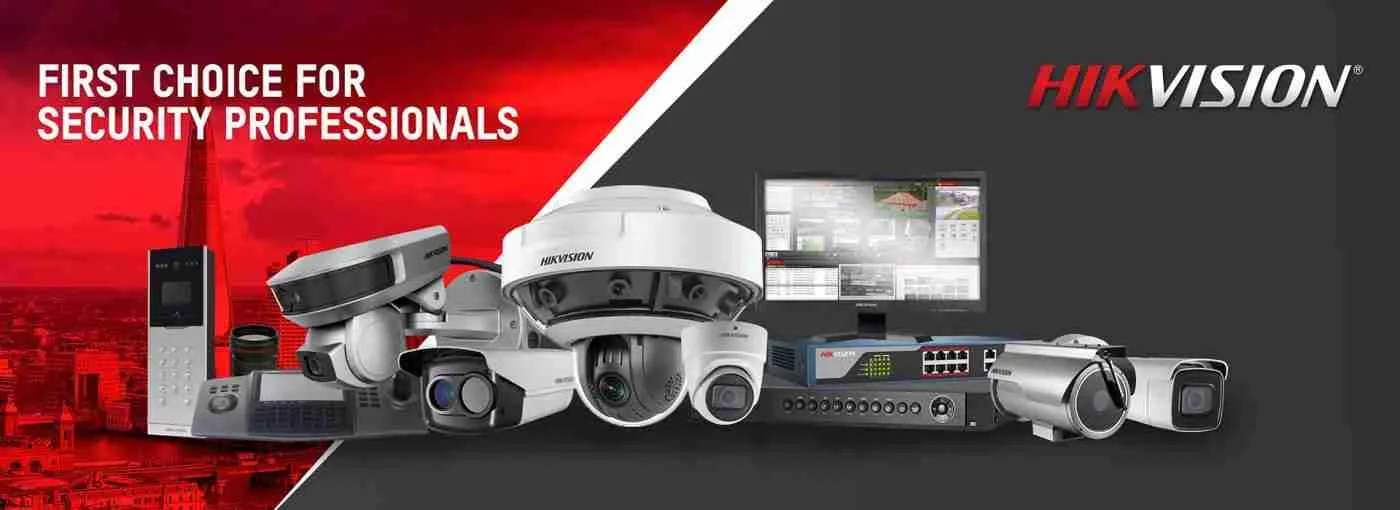Hidden Camera
A Hidden Camera/ Security Surveillance Camera, or spy camera, is a device that can capture either still images, video, or a combination of both for security purposes. The real beauty of the hidden surveillance camera is that today they come in all shapes and sizes and with many useful features. If you wish to place a hidden camera on the outside of your property for surveillance purposes in order to protect your property, then this camera can be used as part of an alarm PIR (Passive Infra Red) box.
Hidden cameras may bring to mind Cold War-era spy dramas or suspicious-looking teddy bears hiding nanny cams, but with the rise of new technology like video doorbells and DIY home security systems, covert surveillance is on the rise among those looking to keep an eye on, yes, nannies, but also housekeepers, home health aides (especially for seniors), and package deliveries.
People are increasingly keen to monitor events outside their homes. Hidden cameras in office settings, as they “are great tools for capturing harassment and theft.” They “can turn a he-said, she-said argument into something with solid proof that you can bring to an HR department,” they explain.
Before using any hidden cameras, you’ll want to review the surveillance laws in the state.it is legal to install a hidden camera in your home for visual surveillance without the consent of a nanny or other third party, but cameras are never allowed in places where there is an “expectation of privacy,” like a bathroom, changing room, or bedroom for a live-in babysitter or housekeeper. Audio surveillance is a different story, however: “The laws are much more strict about audio recording than they are video recording,”
If you’re a business owner looking to monitor employees or customers, it’s legal to use video surveillance (again, only in areas where there isn’t an expectation of privacy) on your company property.
There are some instances when you may want a camera that’s not so hidden. Most cameras are as much a deterrent as they are actually effective after the event, so simply having a doorbell camera at your front door, for example, could be enough to discourage thieves from nabbing a package. When you do want a more discreet recording, we have some cameras that tech and surveillance experts recommend for capturing video and images without making themselves known.

